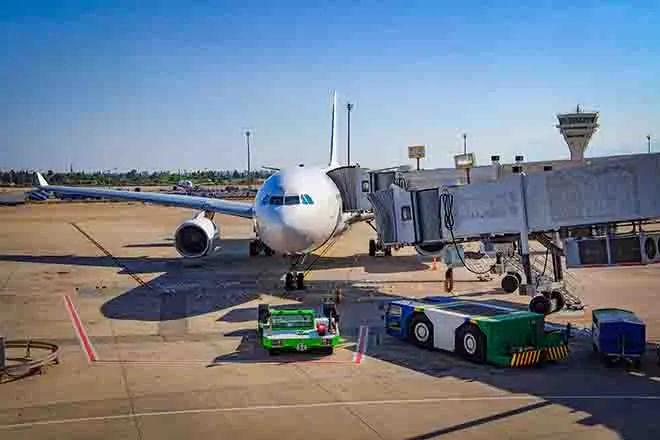
Largest cities are growing again but getting more unaffordable
For a second year in a row, New York City and Los Angeles were among the cities with the most population growth last year as the nation’s largest cities continued to recover from devastating pandemic losses.
The U.S. Census Bureau released new July 2024 city population estimates Thursday.
In New York City, a recent city planning report suggested that “two consecutive years of growth suggest that pandemic-era losses were short-lived.” The city is still almost 328,000 short of its 2020 population, however.
Los Angeles returned to the list of top growth cities for the first time since 2016, according to the Census Bureau.

© iStock - ronniechua
The largest one-year population increases for mid-2023 to mid-2024 were New York City (87,184), Houston (43,217), Los Angeles (31,276), and the Texas cities of San Antonio (23,945) and Fort Worth (23,442). The same cities were in the top five the previous year, but the growth is a big turnaround from 2021-22, when New York City lost almost 100,000 people and Los Angeles gained only about 2,000.
A new interest in living in big cities could be impacting rents: Zillow reported this week that there now are eight cities, double the number from 2020, where renters need more than a $100,000 annual income to afford typical rent: New York City ($145,000 needed), San Jose, California ($137,000), Boston ($127,000), San Francisco ($124,000), San Diego ($123,000), Los Angeles ($119,000), Miami ($110,000) and Riverside, California ($103,000).
Homes for sale in the fastest-growing city areas also are getting further out of reach for even moderate-income buyers, according to a National Association of Realtors report also released Thursday. The New York City and Los Angeles areas were listed as “moving in the wrong direction” on affordability, “reflecting a growing divide between what homes actually cost and what local families can afford.”
For instance, even a Los Angeles-area family with a $200,000 income can afford less than a third of the homes listed for sale, including condominiums and townhouses, according to the report.
Houston, San Antonio and the Dallas-Fort Worth area were listed among three tiers as “stuck in the middle” of affordability, “showing signs of progress, yet still falling short of offering real affordability to most families.”
For the four years combined after the COVID-19 pandemic started in 2020, both New York City and Los Angeles have not completely recovered population. New York City is down almost 328,000 people and Los Angeles is still short about 21,000 since the 2020 census, but they remain the nation’s two largest cities.
The largest percentage growth since 2020 was in some fast-growing suburbs: Westlake, Florida, near Palm Beach, has grown to 7,664, more than eight times its 2020 population, and Josephine, Texas, near Dallas, has quadrupled in size to 8,807. Medicine Lake, Minnesota, west of Minneapolis, also quadrupled, to 1,343.
















